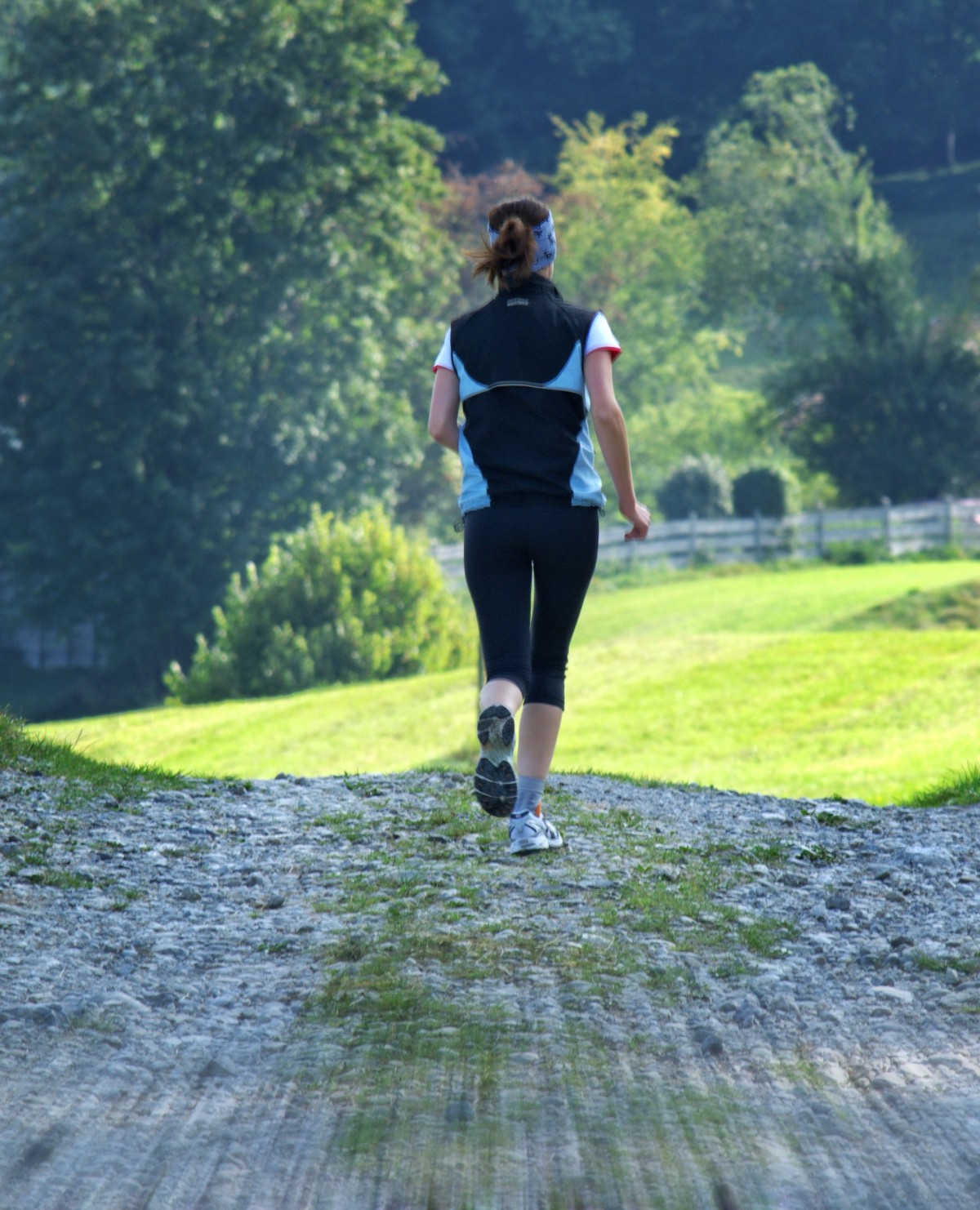Walking meditation, a practice of grounding oneself in the present moment, finds profound resonance within the Bahá’í teachings. The Bahá’í Faith, which emphasizes unity, spirituality, and service to humanity, encourages its followers to merge physical movement with spiritual reflection. This exploration of walking meditation on sacred ground integrates elements of Bahá’í philosophy, enhancing both the physical act of walking and the spiritual journey undertaken with each step.
The concept of walking as a meditative practice is not merely a physical activity; it is an embodied expression of the spiritual principles held within the Bahá’í teachings. Central to these teachings is the notion that one’s environment can be sanctified through intentionality and mindfulness. By walking on sacred ground, believers can cultivate a deeper connection to their surroundings, fostering a sense of peace and unity with the universe.
Understanding Sacred Ground
Sacred ground transcends mere physical spaces. In the Bahá’í context, it encapsulates all locations where individuals can engage in spiritual reflection and connect deeply with God and their inner selves. This can occur in a tranquil garden, a bustling city park, or even within the confines of one’s own home. The essence of sacredness is derived from the intention behind the act of walking. Therefore, one must approach walking meditation with a heart open to learning and experiencing transcendent realities.
The Bahá’í teachings emphasize the interconnectedness of all creation. Recognizing that each footfall resonates with the earth and echoes throughout the cosmos fosters an acute awareness of one’s role in the vast tapestry of existence. Walking becomes not just a solitary journey, but a communal expression, linking individuals to the fabric of humanity and the divine.
The Benefits of Walking Meditation
Engaging in walking meditation provides myriad benefits, both physically and spiritually. Physically, it enhances cardiovascular health, promotes overall well-being, and facilitates mindfulness through movement. Spiritually, this practice cultivates a heightened awareness of God’s presence in everyday life. As one walks on sacred ground, they become attuned to the wonders of creation, instilling a sense of gratitude for the natural world and its unending cycles.
This practice also nurtures the development of virtues espoused in the Bahá’í Faith, such as patience, humility, and love. Walking slowly, with purpose, allows practitioners to reflect on their thoughts and intentions, a crucial aspect of Bahá’í life. This is particularly relevant in today’s fast-paced world, where intentional reflection often takes a backseat.
Incorporating Bahá’í Teachings
Walking meditation is enriched when infused with Bahá’í prayers and meditative themes. The recitation of prayers while walking enhances spiritual consciousness and aligns the practitioner with their divine purpose. One may choose to reflect on passages from the writings of Bahá’u’lláh, the founder of the Bahá’í Faith, which articulate themes of love, unity, and service.
Imagining one’s path as a journey toward service to humanity can transform the meditation experience. As one strides, they may consider how each step embodies a commitment to the well-being of others and the promotion of justice. This contemplative process heightens one’s sense of responsibility toward humanity and amplifies the understanding of interconnectedness fostered through spiritual practice.
Practical Tips for Walking Meditation
1. Choose Your Sacred Space: Identify a location that resonates with you— it could be a favorite park, a serene beach, or a quiet forest. The ideal sacred ground should elicit feelings of peace and connection.
2. Set an Intention: Before you begin, take a moment to clearly set your intention for the walk. Consider what you wish to achieve, whether it is mindfulness, connection, or service. Let this intention guide your practice.
3. Engage Your Senses: As you walk, immerse yourself in the sensory experiences around you. Feel the ground beneath your feet, listen to the sounds of nature, and observe the myriad colors and textures around you. Each sensory detail can lead to deeper insights and a greater appreciation for the world.
4. Integrate Prayer: Engage in silent prayer or the recitation of meaningful Bahá’í texts as you walk. This practice can deepen your spiritual experience and anchor your mind against distractions.
5. Reflect on Your Journey: After your walk, take time to reflect on the thoughts and feelings that emerged during your meditation. Utilize a journal to capture insights, questions, or inspirations that arose during the practice.
The Transformative Power of the Journey
Embracing walking meditation as a Bahá’í practice cultivates spiritual depth and personal transformation. Each walk becomes a choice to nurture one’s soul, align with divine principles, and appreciate the interconnectedness of all living things. The act of traveling sacred ground becomes not merely physical, but profoundly spiritual, enriching both the self and the wider community.
Ultimately, understanding walking meditation through Bahá’í teachings invites individuals to journey through existence with purpose and awareness. Each step taken on sacred ground reveals the beauty inherent in life’s intricate tapestry—invoking reflection, cultivating compassion, and fostering a deeper connection with both the divine and humanity.
